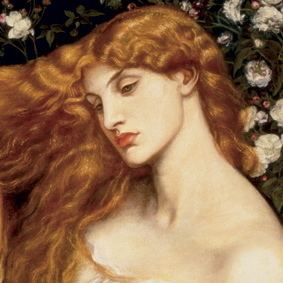Language German | Text Poem by Heinrich Hart Composed September 9 1894 | |
 | ||
Catalogue Op. 27 number 2, TrV 170. Dedication Pauline de Ahna, composer's wife. | ||
"Cäcilie", Op. 27 No. 2, is the second in a set of four songs composed by Richard Strauss in 1894.
Contents
The words are from a love poem "Cäcilie" written by Heinrich Hart (1855–1906), a German dramatic critic and journalist who also wrote poetry. It was written for the poet's wife Cäcilie.
German pronunciation: [tsɛːˈtsiː.liːə], or UK English as "Cecilia".
History
Strauss composed the song at Marquartstein on 9 September 1894. , the day before his wedding to the soprano Pauline de Ahna. All four of the Opus 27 songs, including Cäcilie were given as a wedding present to her.
Instrumentation and accompaniment
The song was originally written with piano accompaniment in the key of E major, but later orchestrated in his 'heroic' key of E♭. The instrumentation is: 2 flutes, 2 oboes, 2 clarinets in B♭, 2 bassoons, 4 horns in E♭, 2 trumpets in E♭, 3 trombones, tuba, 3 timpani, harp and the orchestral string section.
The tempo direction is "Sehr lebhaft und drängend".
Strauss, in his rich and lively orchestration, included parts for a solo string player from each section.
The change of key a semitone down from E to E♭ explains why, from bar 34 on the violas are asked to play the note B, a semitone below the lowest note normally possible on the instrument. At this point Strauss asks half the violas to tune this string down a semitone.
Opus 27
The other songs of Strauss' Opus 27:
Recordings
There are many recordings of this, one of Strauss's most popular songs. Richard Strauss recorded it in once in 1944, accompanying the Austrian soprano Maria Reining on the piano.
